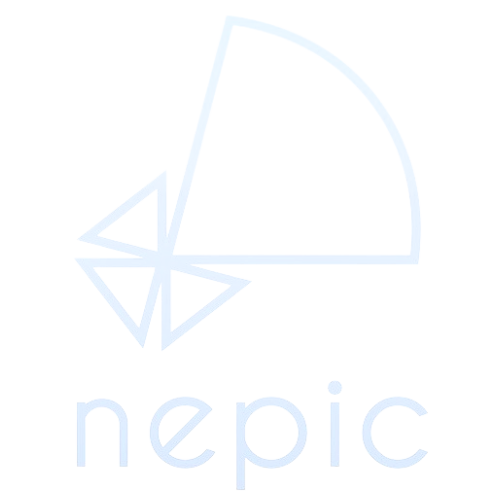
Activity Manhours
Knowing the total activity manhours of each activity can be helpful for resource planning and management. This information can help you determine the number of workers needed for each activity and can also help you allocate resources efficiently. Additionally, you can use this information to estimate the total cost of the project based on labour expenses.
Knowing the number of resources required for an activity can be helpful in several ways:
- Resource allocation: By knowing the number of resources required for each activity, you can allocate the right number of resources to each task. This can help ensure that the work is completed efficiently and on time. For example, if an activity requires many workers, you may need to assign additional workers to that activity to ensure that it is completed on time.
- Resource levelling: Resource levelling is the process of adjusting the start and finish dates of activities to ensure that the demand for resources is spread out evenly over time. By knowing the number of resources required for each activity, you can identify potential resource conflicts and adjust the schedule accordingly to avoid overloading resources during certain periods.
- Cost estimation: The number of resources required for an activity can be used to estimate the cost of the activity. This can be helpful in determining the overall project budget and can help identify areas where cost savings can be made.
- Performance measurement: By knowing the number of resources required for an activity, you can track the actual resources used against the planned resources to measure performance. This can help identify areas where the project is falling behind schedule or where additional resources are required to meet project objectives.
Overall, knowing the number of resources required for an activity can be an important aspect of project planning and control, as it can help ensure that the project is completed efficiently and effectively.
Activity Duration
On the other hand, knowing the total duration of each activity is important for the overall project timeline and critical path analysis. This information can help you identify activities that may cause delays and determine the earliest possible completion date of the project. It can also help you prioritize activities and determine which activities need to be completed before others can start.
Knowing the total duration of an activity can help you prioritize the sequence of activities in several ways:
- Critical path analysis: The total duration of an activity is a key factor in determining the critical path of a project. The critical path is the sequence of activities that determines the overall duration of the project, and any delays in the critical path activities will delay the entire project. By identifying the critical path, you can prioritize the sequence of activities to ensure that the critical path activities are completed on time and in the correct order.
- Resource allocation: Activities with longer durations may require more resources or a different mix of resources than activities with shorter durations. By prioritizing the sequence of activities based on duration, you can ensure that the required resources are available when they are needed.
- Interdependencies: Activities with longer durations may have dependencies on other activities that must be completed first. By prioritizing the sequence of activities based on duration, you can ensure that these dependencies are accounted for and that the activities are completed in the correct order.
- Risk management: Activities with longer durations may be riskier or may have a greater impact on the overall project timeline. By prioritizing the sequence of activities based on duration, you can identify potential risks and manage them accordingly.
Overall, knowing the total duration of an activity can help you prioritize the sequence of activities to ensure that the critical path is completed on time and that the project is completed efficiently and effectively.
So, to answer the question posed at the beginning of this blog article, both total manhours and total duration of each activity are important to consider when building a schedule in Primavera for a process plant turnaround.
By using both factors, you can create a well-planned and efficient schedule that considers both resource management and project timeline requirements, leading to a more effective plant Turnaround Execution!




































